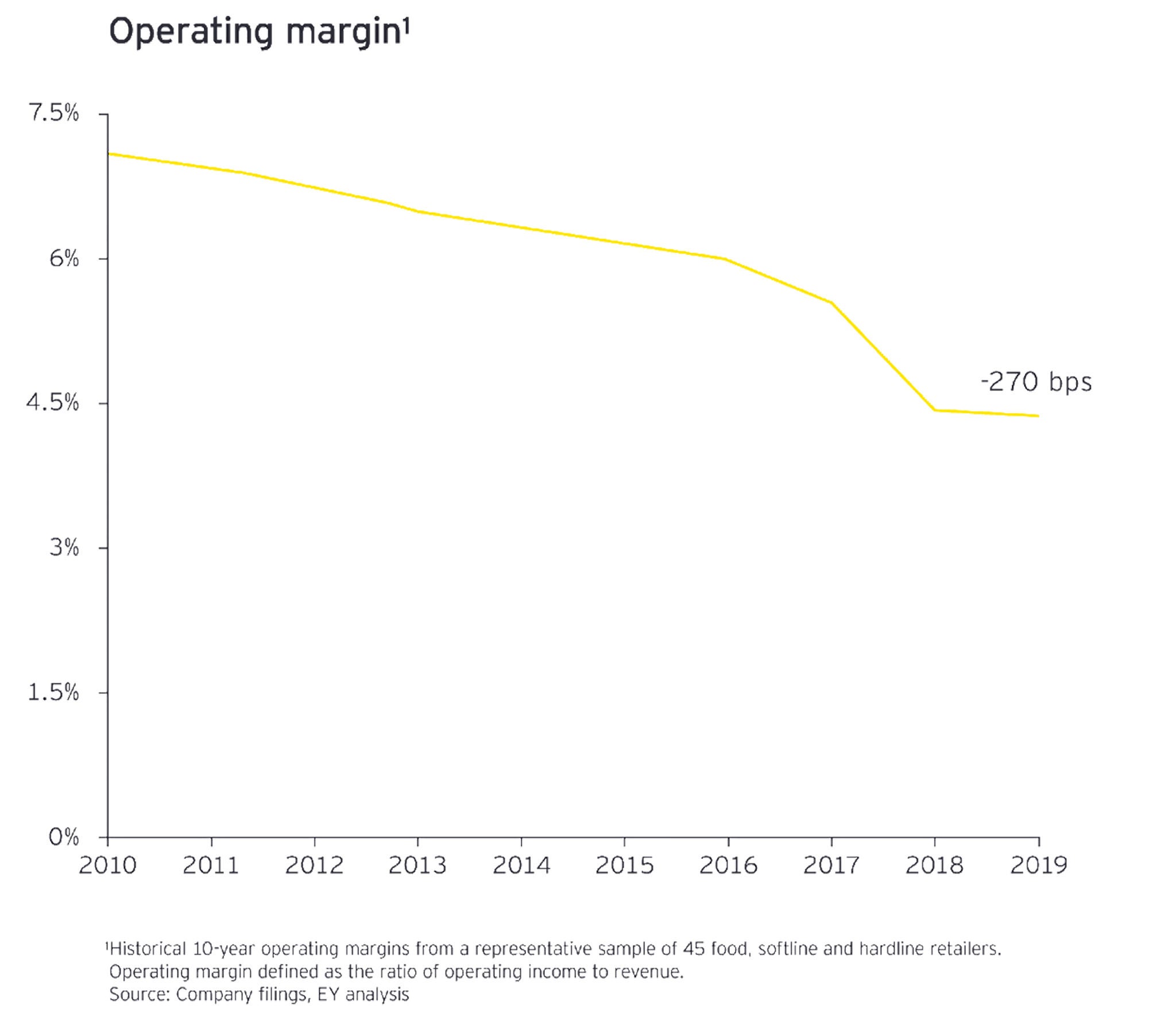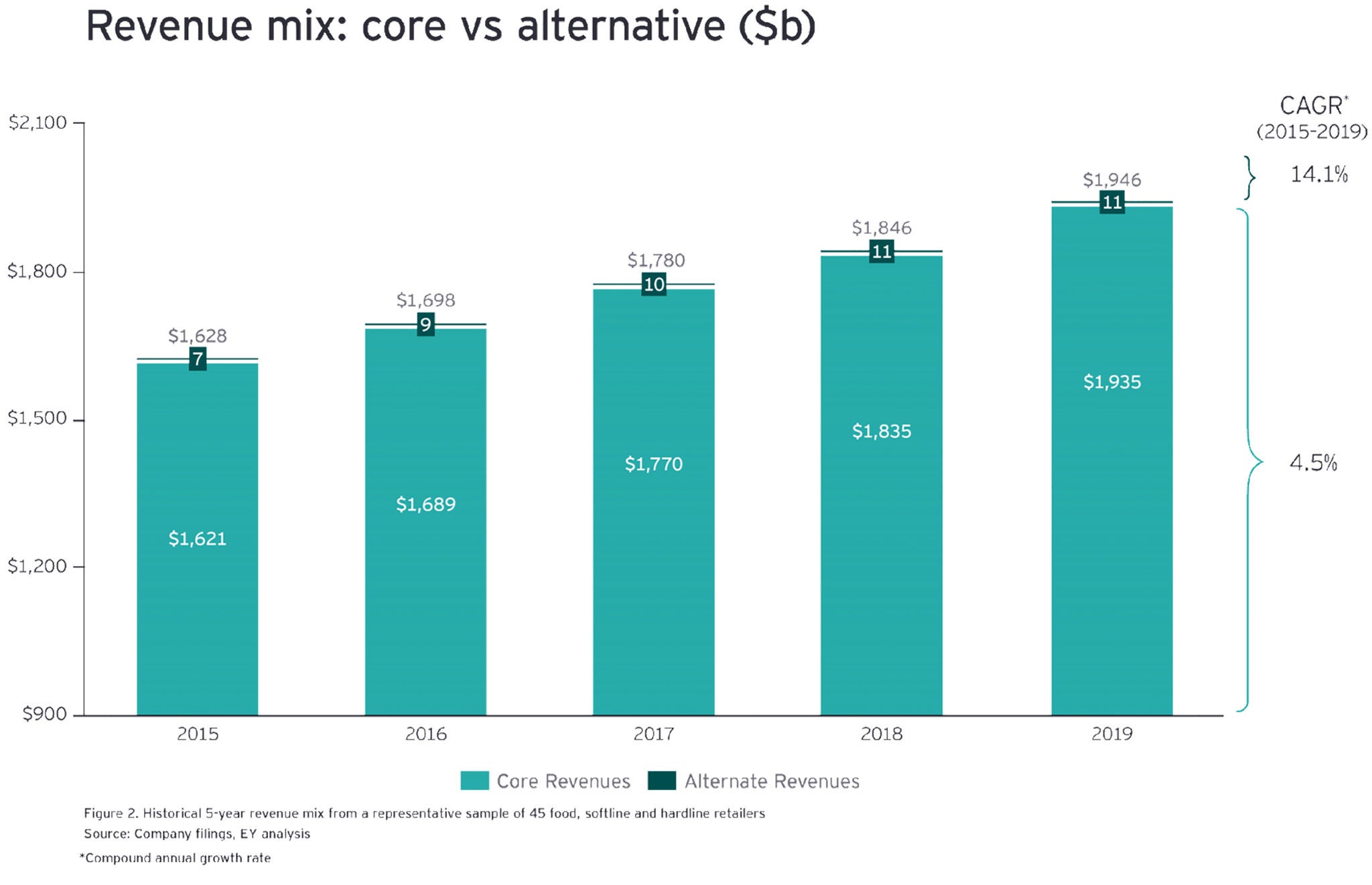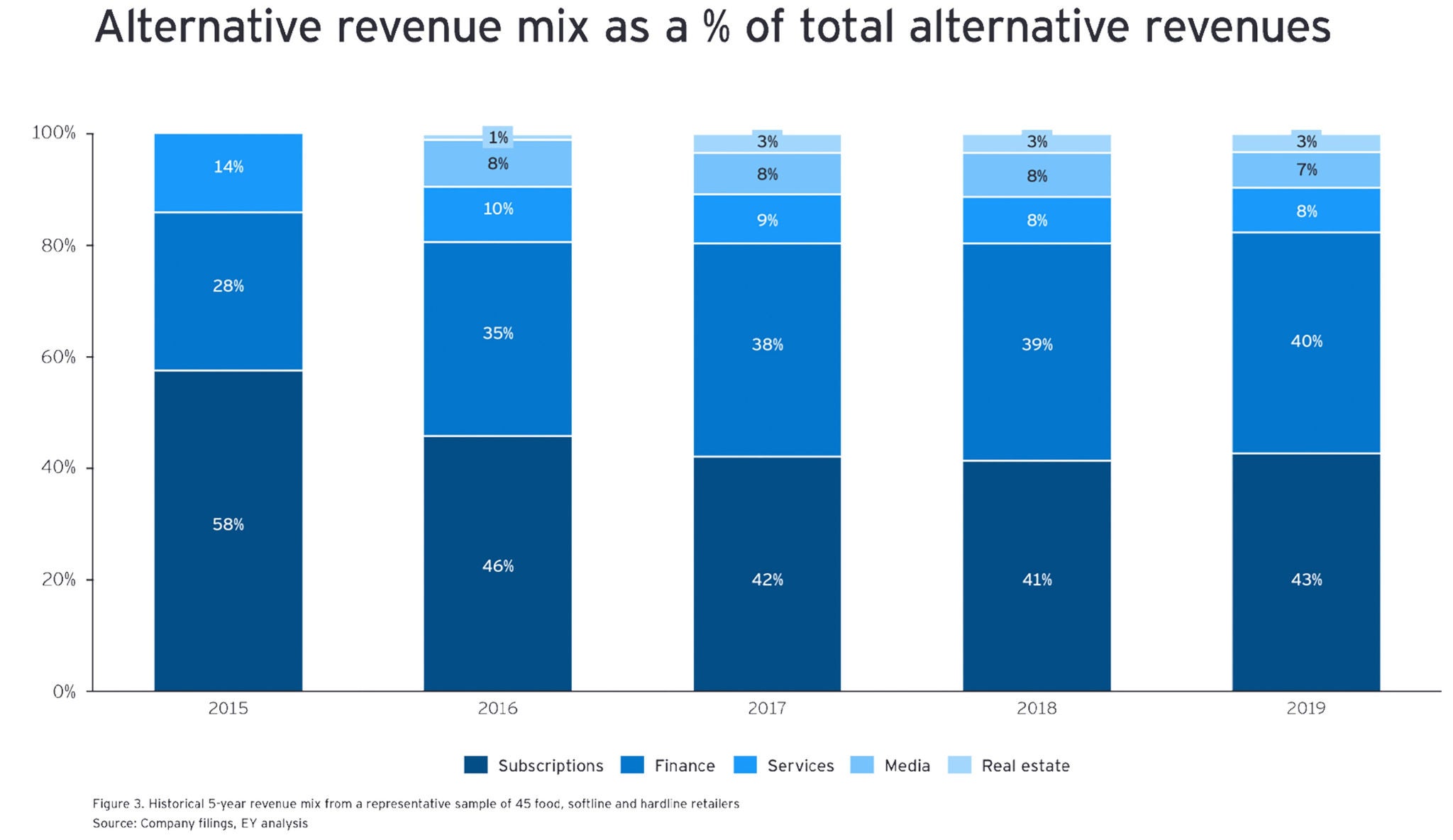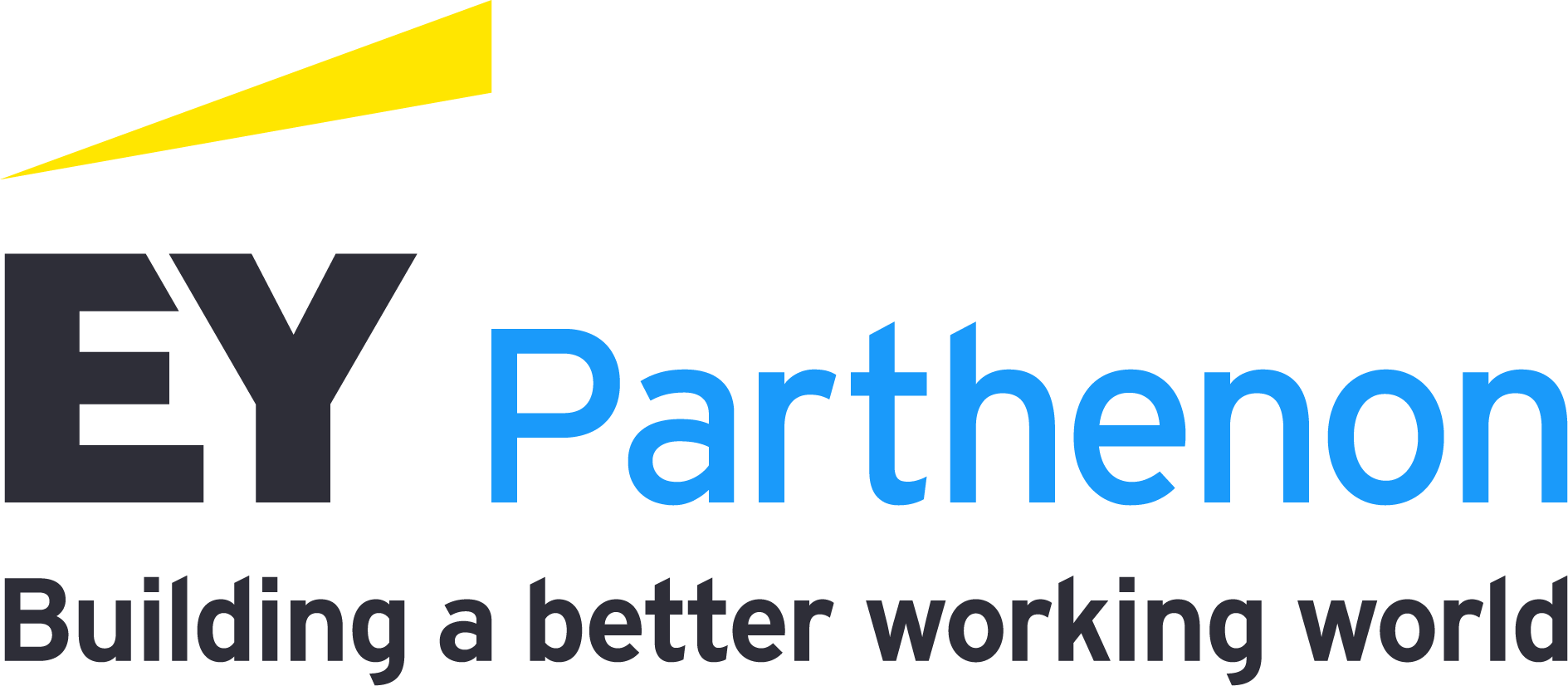Given the vast array of alternatives, retailers often struggle with where to start and which alternative(s) will have a lasting, positive impact on their business.
To create long-term value, companies must create sustainable value. It requires delivering value beyond shareholders. We’ve developed an approach to help retailers move forward while not losing focus. It starts with purpose.
Purpose begins by defining your audience. Consider exploring any combination of these four as a place to start.
- Employees: Consider holding interviews with your employees to see your company through their eyes. Do your employees feel that they’re doing meaningful work? Are they motivated to work toward the organization’s purpose? Are they clear about how that purpose is defined?
- Customers: Consider surveying your customers to better understand how they see your purpose. Does your brand align with your target consumers’ values and build trust and loyalty? Do your actions solidify customer loyalty? And perhaps even more foundationally, have you identified your tribe and is the group of customers you’re targeting the right ones for your long-term vision?
- Shareholders: Of course, shareholder gain is always a consideration when shifting from a short-term to a resilient-growth model. When discussing the changes with your shareholders, you may consider: Is your purpose sufficiently activated and integrated to drive superior financial returns? Does your purpose allow it to achieve competitive advantage?
- Society: Conversations across all stakeholders can shine light on your societal footprint. Consider asking if your purpose improves your community or society as whole. Is your business model socially responsible?
Future consumer index
Sustainability has become more important for over one-third of US consumers (35%) over the course of the COVID-19 pandemic.
By defining your purpose, the path to identifying alternative revenue streams that fit within your business becomes a more strategic decision. One that is focused on building a portfolio of alternate ventures that generate long-term value and build resiliency into your business model through a stronger bond across stakeholders, rather than one focused solely on short-term shareholder gains.
Take stock of your resources …
Retailers should then assess their resources to identify areas of distinction, which will help clarify where to deliver value. Companies have a range of options to catalog, acquire and deploy resources. The most successful companies and brands have a keen understanding of their distinctive resources — tangible (e.g., distribution centers, stores, products) and intangible (e.g., brand, intellectual property, expertise) — and deploy them in ways that other players cannot.
… then use design thinking to plan your next steps
Once you’ve grounded your purpose and assessed your assets, the final phase is to identify, test and deploy viable market opportunities. Use a customer-centered design approach, which simply means use the voice of your customer to unlock unmet needs and desires.
Here’s a five-step design-centered framework to guide your approach:
- Purpose fit: The first step is to confirm that the move fits your purpose. Listen to the needs of customers, employees, shareholders and society broadly. What pain points do they have and how does it align with your company’s purpose? Use purpose as a decision-making filter. You should leave this step with a list of potential opportunities to explore.
- Asset fit: Once you understand pain points and have purpose alignment, you should consider how your existing physical and intangible assets can be leveraged to address needs now that might unlock additive revenue. With relevant resources readily identified, you can more thoughtfully hone ideas to address the pain points within your reach. You should leave this step with a crisper idea of how your existing assets can be deployed to help drive new revenue streams, which will serve as raw materials for solution development.
- Solution fit: In this is step, apply agile methodologies to develop, test and refine solutions. One pathway is to develop a minimum viable product (MVP) and run a market pilot to see if the solution is embraced by customers. Applying this approach will enable you to more efficiently determine if an alternative revenue concept is not working. If there is not a good fit, have the courage to kill the idea and move on. In the end, it should be clear that the solution is attractive, that consumers like it and that a clear monetization opportunity exists.
- Capabilities fit: Assuming your solution receives positive market signals, you’ll need to evaluate your organization’s existing capabilities to identify those that can be leveraged or recombined to activate the new revenue stream. A build-vs-buy analysis will help inform whether to develop the capabilities in-house, engage in a strategic partnership and/or acquire them. Note: be on the lookout for “dormant capabilities,” which are those that may not be key drivers of your existing business model but, upon deeper analysis, could be a key enabler of an adjacent or new one.
- Market fit: By this point, you should understand the viability of the alternative business model. The next step is to translate your idea into a solution that can scale. Here you’ll architect the implementation approach and design or align to the right operating model. It’s critical to install the right program and change management strategies to help establish the new business model and properly integrated them into the organization. Although the final stage of the framework, continuous iteration and improvement are still critical. A robust quarterly portfolio review process can measure alternative business model outcomes against plan.
While the process of defining and activating alternative revenue streams can be challenging, the reward is unparalleled. By thoughtfully exploring alternative revenue concepts, retailers can enhance customer loyalty, accelerate enterprise-wide innovation and unlock a new era of growth and resolve for their company, employees, shareholders and community. And while these opportunities may today seem nascent — and perhaps even nuanced — our expectation is for proven, alternative business models to rise in prevalence and prominence in the years ahead.









